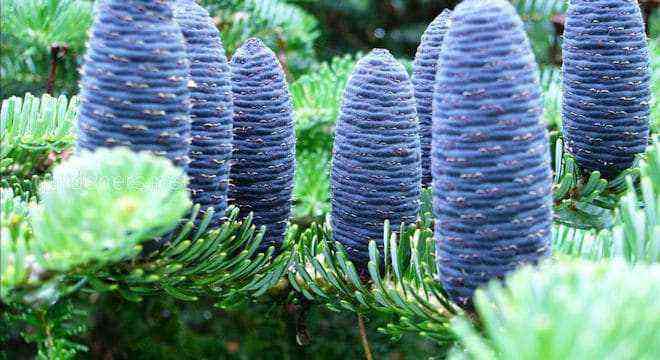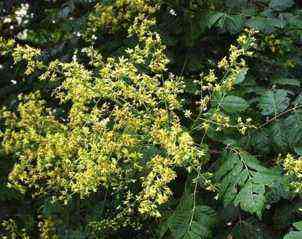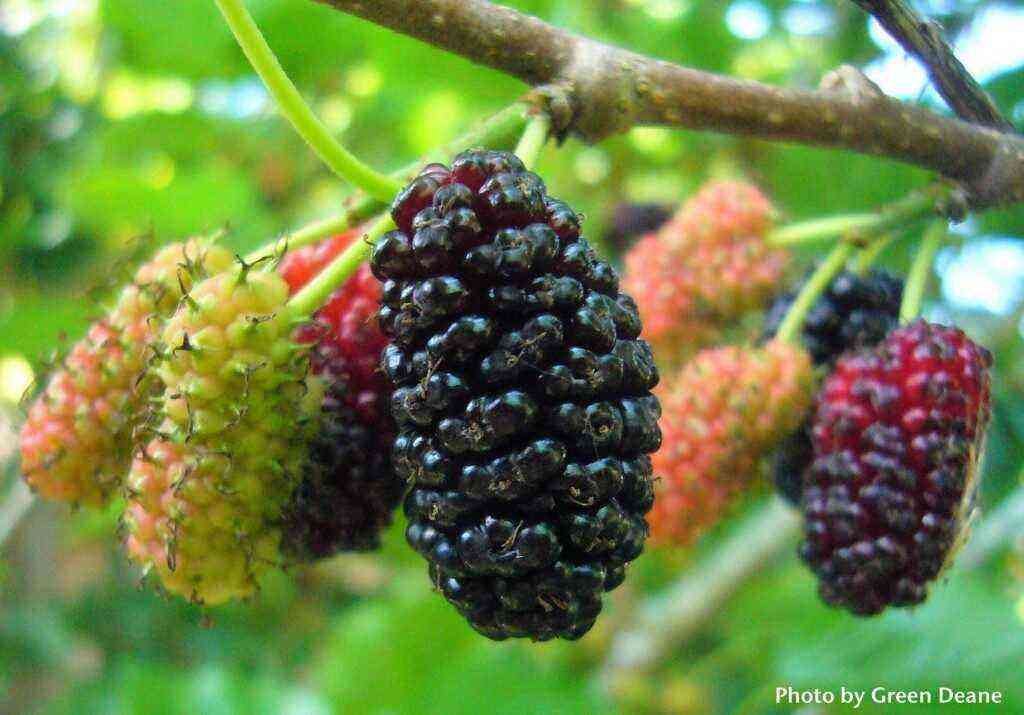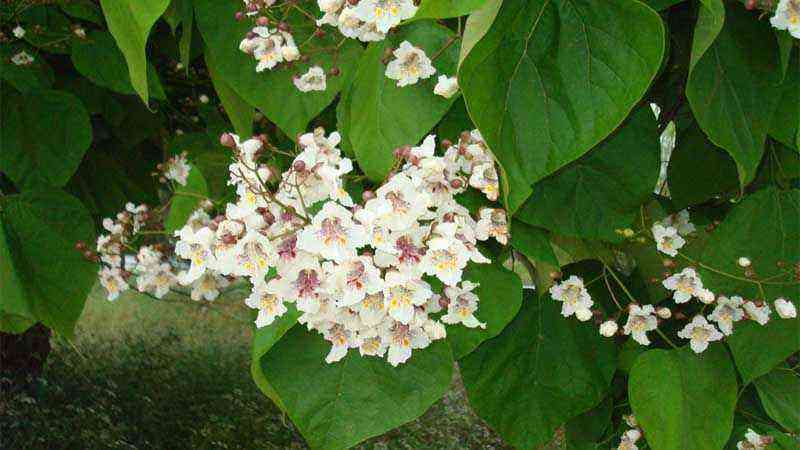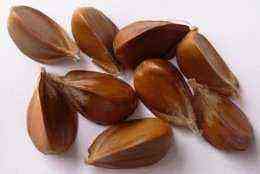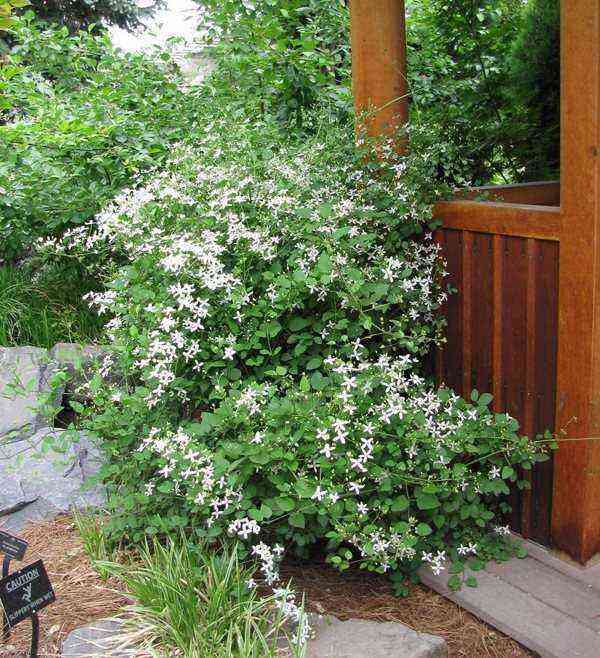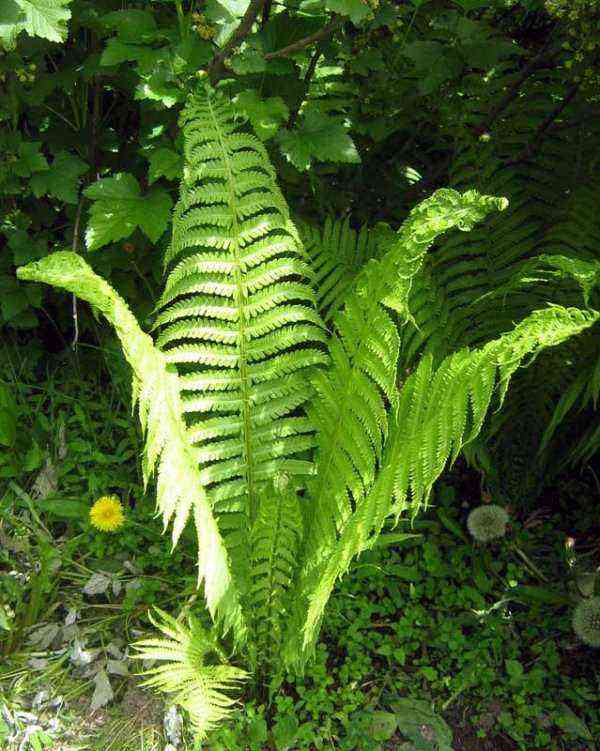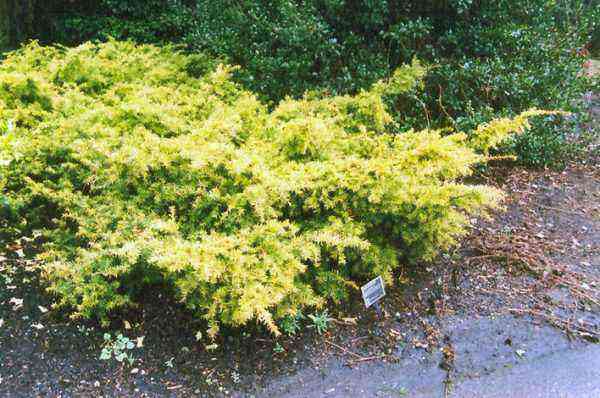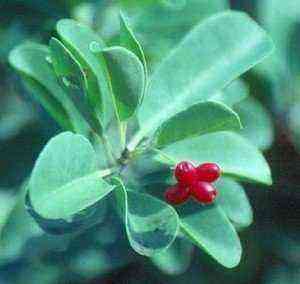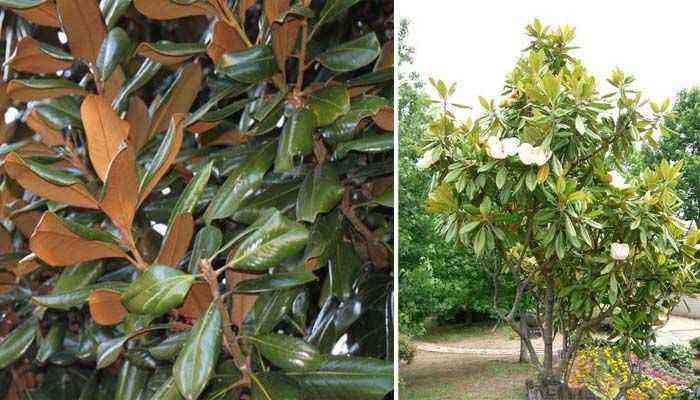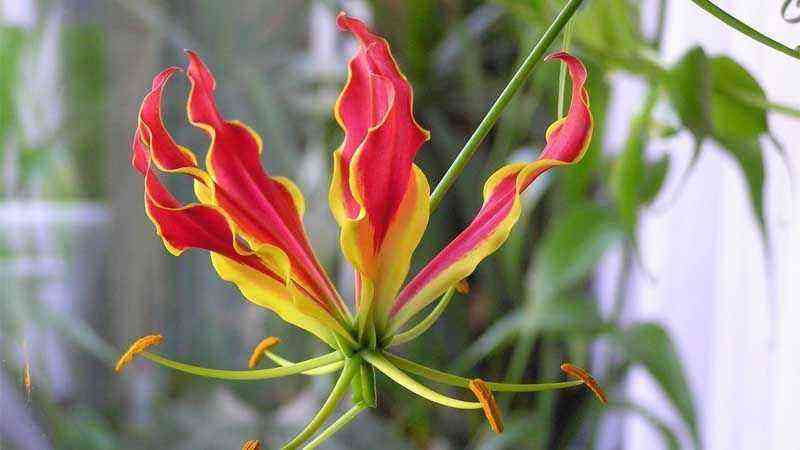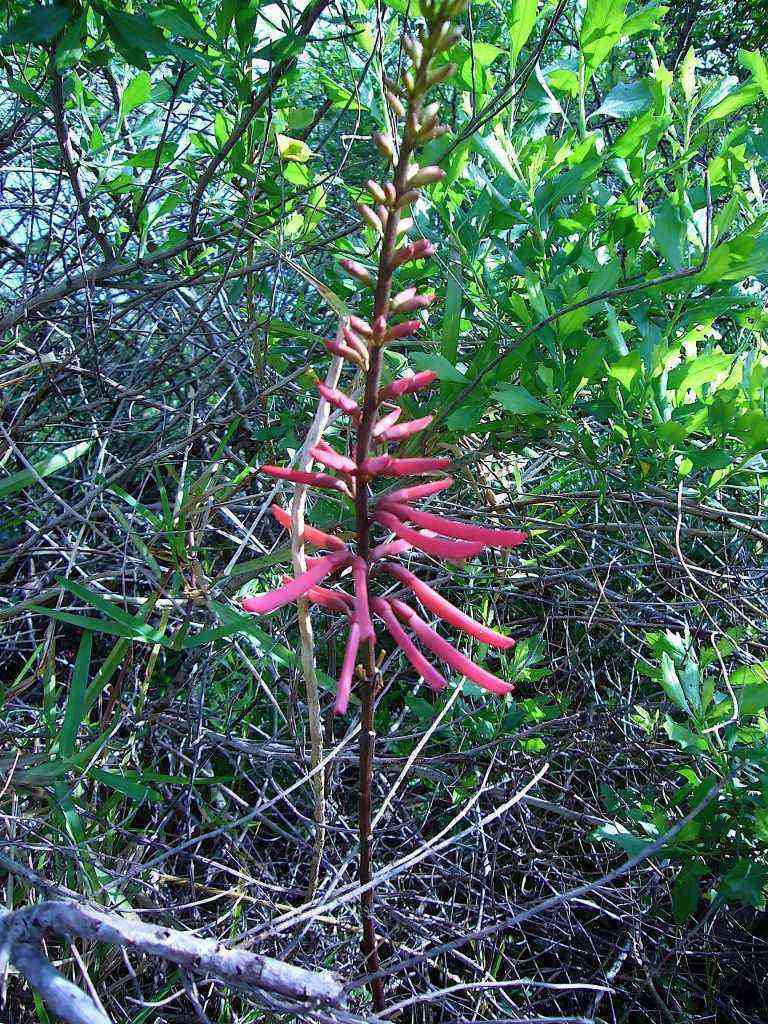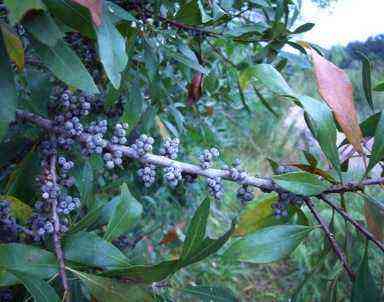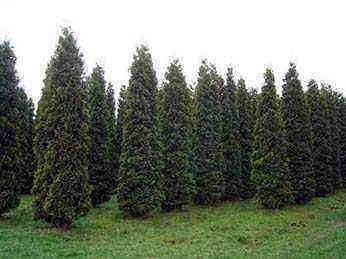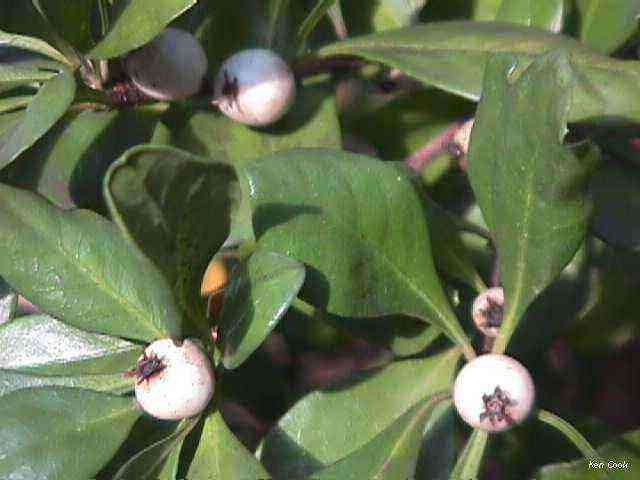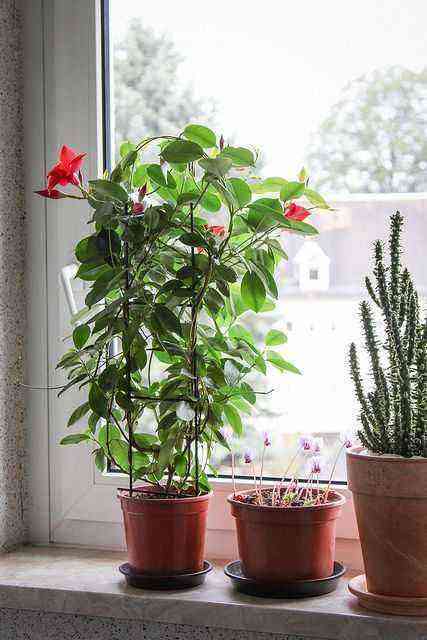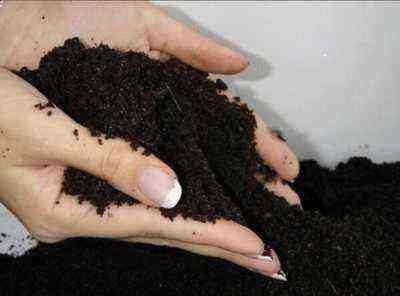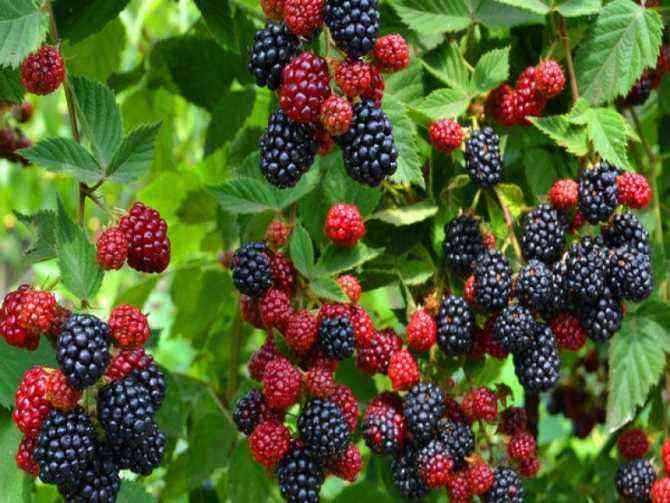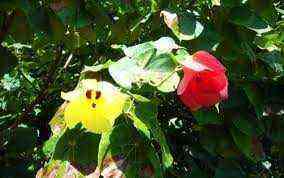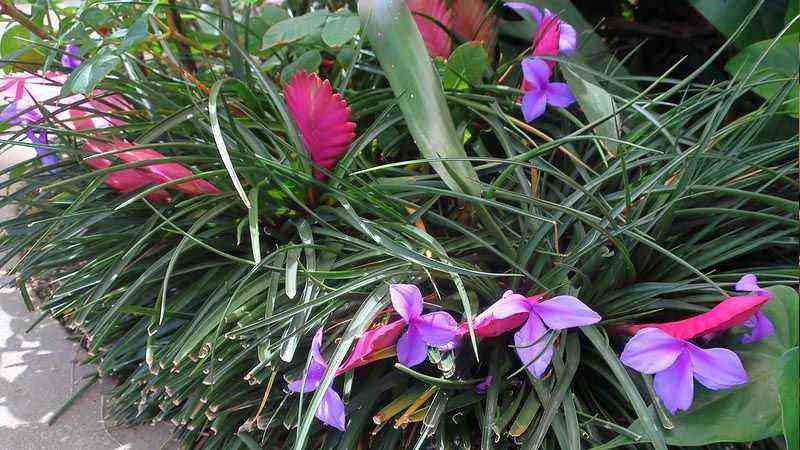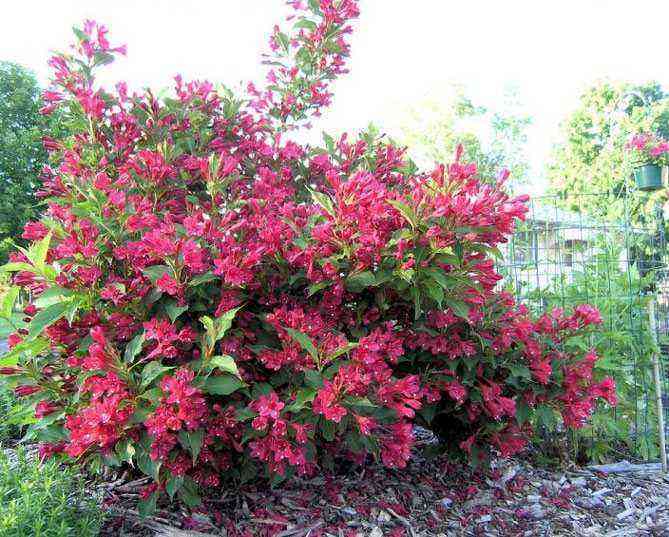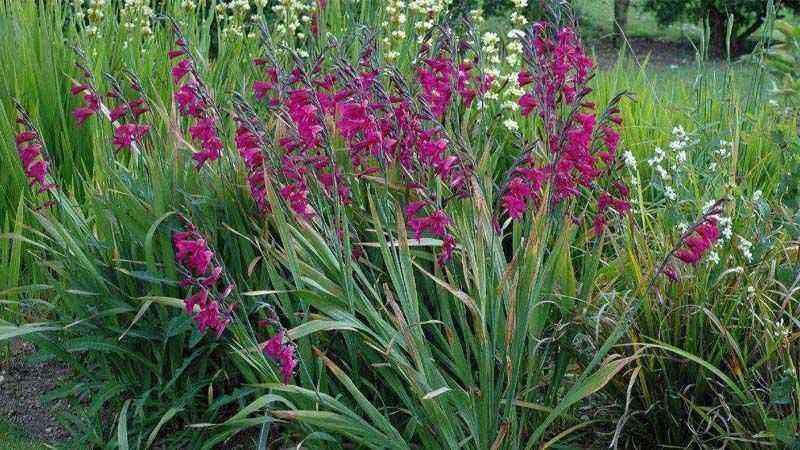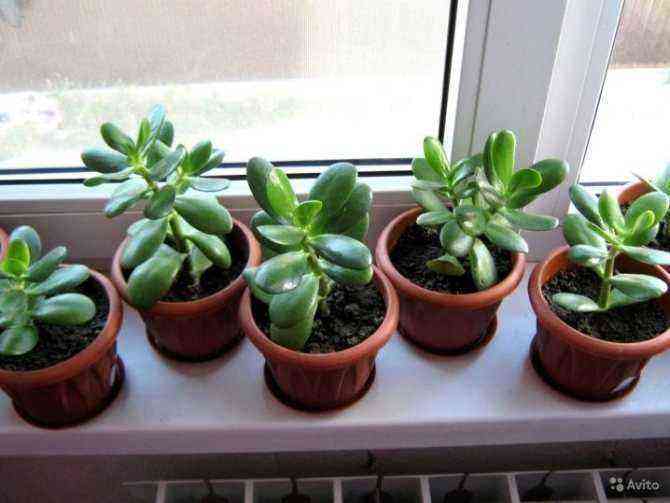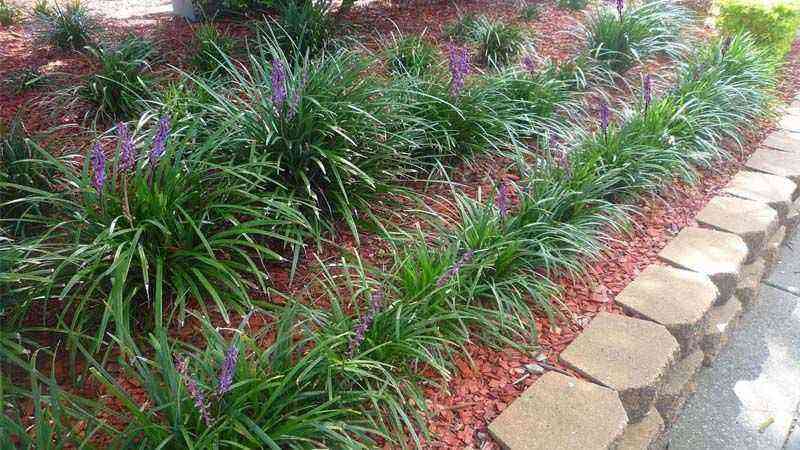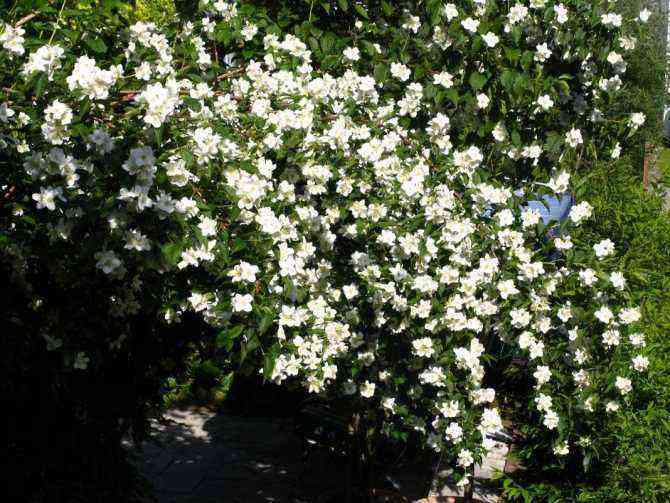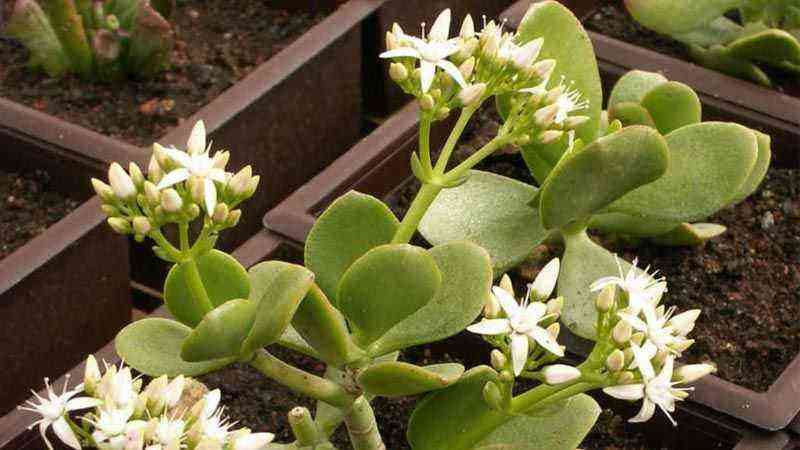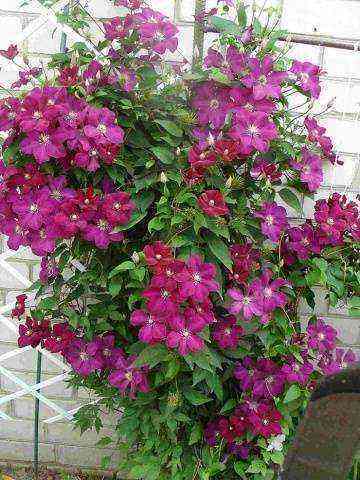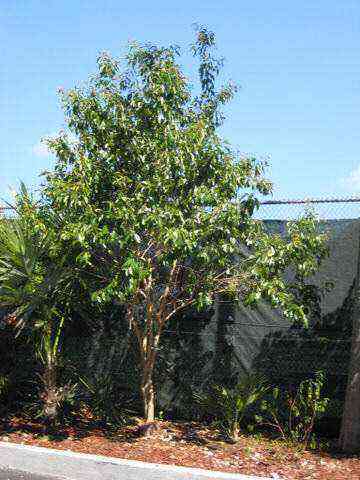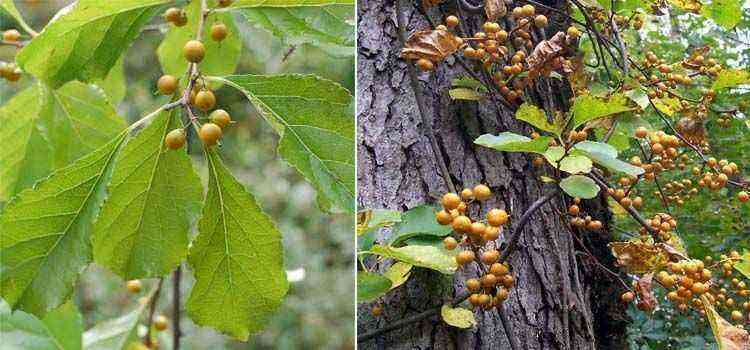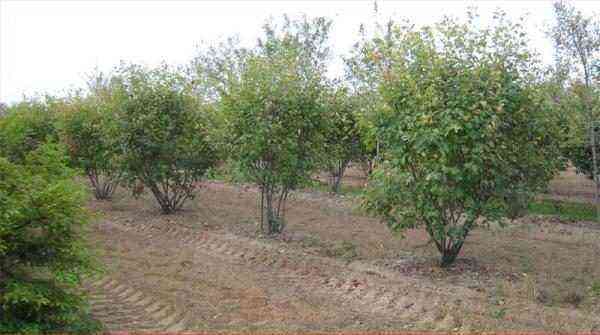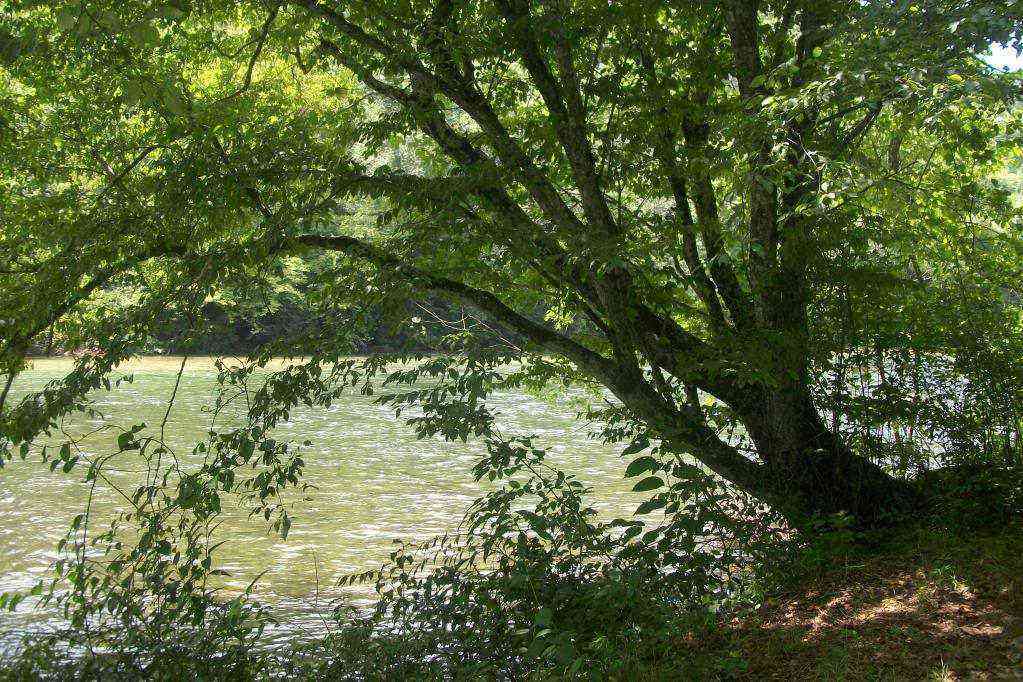| Family name | Magnolia |
| Growing period | Long-term |
| Vegetation form | Shrubs or trees |
| Breeding method | Vegetative (cuttings, with the help of grafts and layering), occasionally seed |
| Landing period | Landing in the spring only after the return frosts have passed or in the middle of autumn |
| Rules of landing | The depth of the hole should be 3 times the size of the root system |
| Ground | Lightweight, nourishing and draining. Lime is strictly prohibited. |
| Soil acidity values, pH | 6.5-7 – neutral, 5-6 slightly acidic or below 5 – acidic |
| Lighting degree | Open sunny location with shade at noon and protection from cold winds |
| Humidity parameters | Regular watering |
| Special care rules | Do not allow the soil to dry out |
| Height values | 3-12 m |
| Inflorescences or type of flowers | Single large flowers |
| Flower color | White, cream, crimson |
| Flowering period | Depends on the place of cultivation – from April to June |
| Decorative time | Spring summer |
| Application in landscape design | Single and group plantings, alley decoration |
| USDA zone | Occasionally 5, but mostly 6-8 |
The genus of these flowering plants got its name thanks to the botanist Charles Plumier, who decided to immortalize the name of his French colleague Pierre Magnol (1638-1715). Later, the same term “magnolia” was used by Karl Linnaeus, who was engaged in the taxonomy of all representatives of the flora in the work Species plantarum, dating back to 1753. In Russian, at first, the name “magnolia” gradually underwent a transformation to the well-known to us – magnolia. In some countries, the plant is called the “paradise tree”.
All representatives of the genus can have both shrub and tree-like growth. At the same time, they are characterized by both deciduous and evergreen deciduous mass. Height, depending on the form of growth, also varies and ranges from 3 m to 12 m. The bark, which covers the trunks of magnolia, has an ash-grayish tint or takes on a brown color scheme. Its surface is smooth or with scales and grooves. On the shoots, there are not only large leaf scars, but also scars from stipules with narrowed annular outlines.
The leaf plates of the Magnolia are also large, most often taking obovate or oval outlines. The foliage is entire, on its surface there is a feathery venation. In this case, the veins of the 2nd order, before reaching the edge of the sheet plate, are connected (anastomosed). When a young leaf unfolds, it is covered by stipules. The color of the leaves is a rich green color.
Magnolia flowers are bisexual and large in size. When flowering, a fragrant and strong aroma is carried nearby. The petals in the corolla are characterized by a white, cream or crimson shade. Buds are formed at the ends of the shoots singly. The perianth of the calyx is composed of three petals, from 3 to 6 pairs of petals can be infused, and sometimes there are 9 of them. In this case, the arrangement of the petals is in the form of tiles, forming 2, 3 or 4 circles. The number of stamens, as well as pistils, is large; they are attached to a receptacle with the shape of an elongated spindle.
Many varieties of magnolias are characterized by flowers that adapt to the pollination process carried out by beetles. At the same time, the stigmas of the pistils are ready for pollination when the magnolia flowers are in a bud state, but after the corolla opens, this property is lost. Therefore, pollinating beetles penetrate the bud and already pollinate the flower.
The fruit that ripens later is a concatenated leaflet with pineal outlines. It is composed of many 1–2-seed leaflets, which, when ripe, begin to open along the seam on the back. The shape of the seeds is ovoid-wedge-shaped, in the form of a triangle. The color of the seeds is black, but the seed is fleshy with a red or pinkish color. When the leaflets open, the seeds hang from them on fine seed strings.
Although the plant differs in some features during cultivation, the work invested in it is worth it, and such a flowering bush or tree will become a real decoration of the garden.
What magnolias can be grown in the middle lane
Of the large number of varieties of magnolia for growing in the middle lane, two of them are suitable – star magnolia (Magnolia stellata) and magnolia kobus (Magnolia kobus). Both plants are a deciduous shrub (less often a tree) with large fragrant flowers of white or pink color. Depending on the variety, they can be simple or terry.
- Magnolia starThe smallest plant of the genus Magnolia, on which numerous stars “light up” in early spring.
- Magnolia CobusA cold-hardy magnolia, the spring bloom of which is simply mesmerizing.
In addition, in the middle lane, a hybrid of star magnolia and cobus magnolia – Lebner’s magnolia (Magnolia × loebneri), has taken root quite well . In severe winters, this plant only freezes some buds, but this does not prevent the tree from recovering. Moreover, with age, magnolia gets used to the cold even more, and an adult plant is already able to winter without shelter.
In the gardens of the middle lane, the most commonly grown star magnolia varieties such as Royal Star (with huge white flowers), Rosea (with pink simple flowers) and Waterlily (with white double flowers).
Description and varieties of magnolia
The flowering plant Magnolia is considered to be a member of the magnoliaceae family. This genus connects more than 200 species. For the first time these plants found themselves in Europe in 1688. And he christened this genus Magnolia C. Plumier in 1703 in honor of Pierre Magnol, who was a botanist.
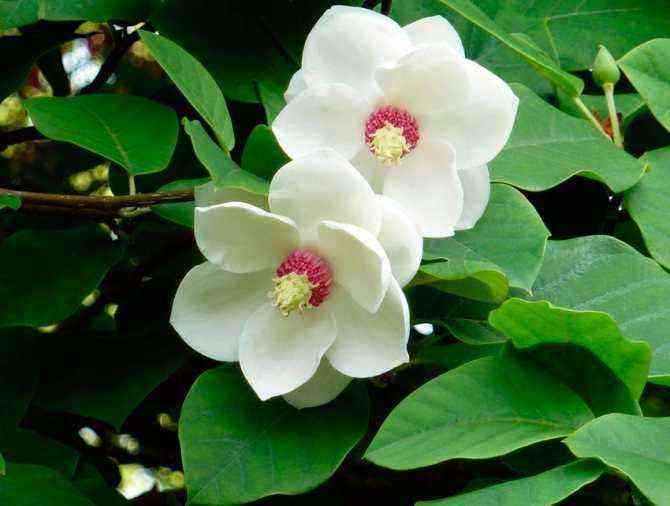

Under natural conditions, these plants can be found in areas with tropical and subtropical climates of East Asia and North America. Magnolia is a fairly ancient plant of the dinosaur era, which spread in the Tertiary and Cretaceous periods. Archaeologists have found a frozen flower of this plant, which is at least 95 million years old.
Magnolia was able to survive mainly because it relatively easily and quickly adapts to changeable climatic conditions. In ancient times, there were no bees yet, and the pollination of this flowering plant came out with the help of beetles, which at that moment retained this ability.
Magnolia species
The selection of the type of magnolia directly depends on what effect you want to get from planting it in your garden: to form a magnolia garden, to grow one, but a spectacular tree, or to supplement an existing garden with an exotic novelty?
Magnolia Kobus is the most hardy type of magnolia brought to us from Japan. This species is unpretentious in care, therefore, both young magnolia growers and those who wish to have in their garden one tree blossoming every spring can acquire it. Kobus magnolia should be cultivated from seeds, collected in September in an agrobotanical garden, or from seedlings that are sold in special stores.
- Willow Magnolia (Magnolia salicifolia) is a slender cone-shaped tree originally from Japan, blooms in April with snow-white bell-shaped flowers, leaves with anise aroma.
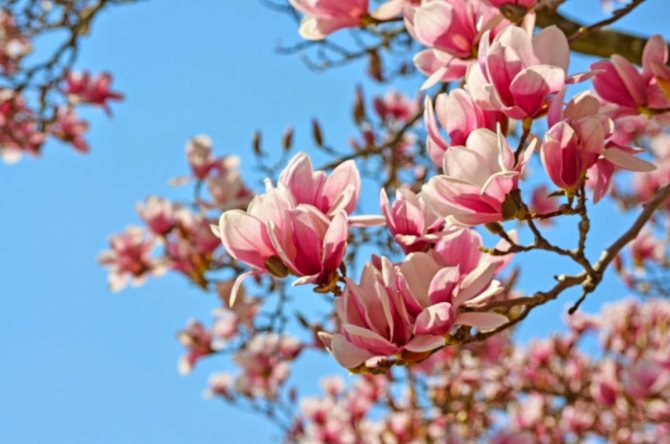
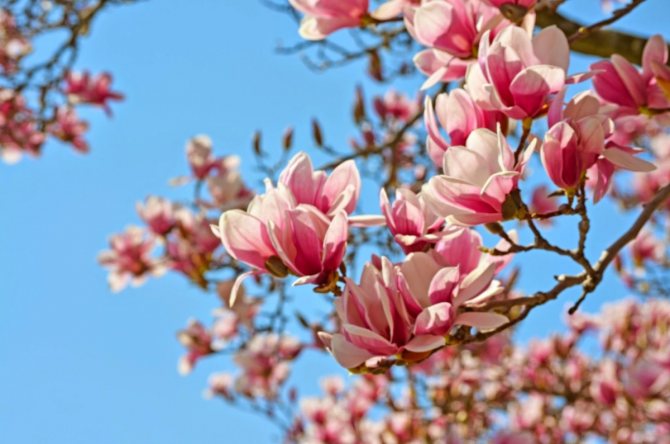
- Magnolia stellata also comes from Japan, where it is very popular in garden design. The star magnolia blooms one of the first, so it is subject to the danger of spring frost, which affects the affectionate white flowers. A place for planting star magnolia should be selected only under a barrier from strong winds, in an openwork penumbra.
- Bare (Magnolia denudata) – 1 of the finest Chinese magnolias, grows as a tree or a tall bush in the form of a wide bowl, blooms with large creamy white flowers.
- Lily (Magnolia liliiflora) similarly comes from China, blooms profusely with bloody goblet-shaped flowers.
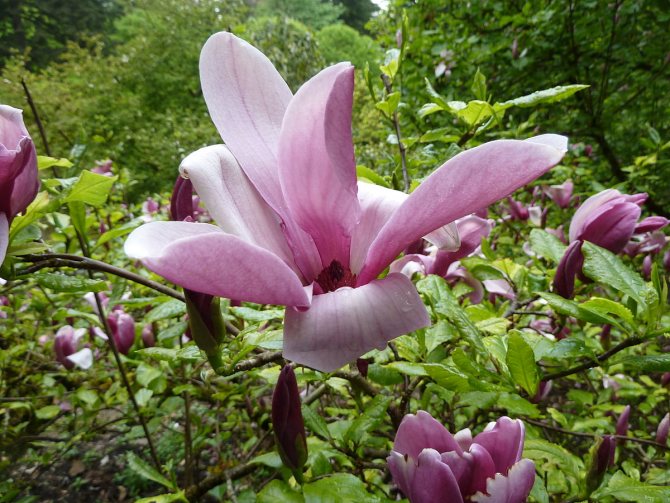
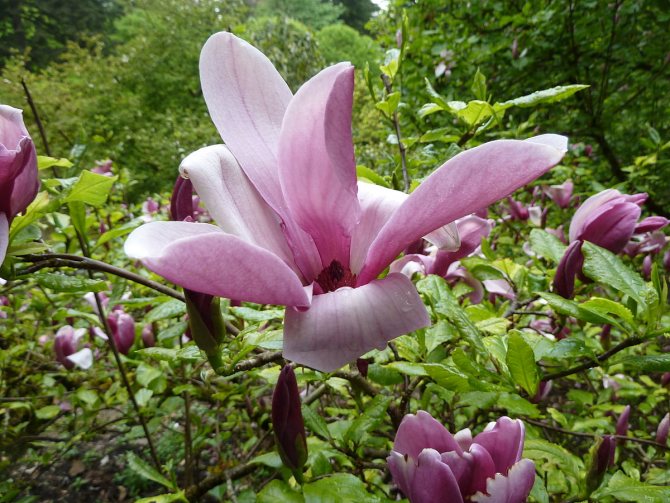
- Siebold (Magnolia sieboldii) mainly grows in Korea, China and Japan, and is very rare in our gardens. It favorably differs from other magnolias not only for its snow-white drooping fragrant flowers, but also for its long flowering (from May to July).
Plant legend
One extremely beautiful and sad legend is associated with magnolia. The Japanese girl Keiko made beautiful paper flowers for sale, but this work brought her uniform pennies, since the flowers were not real.
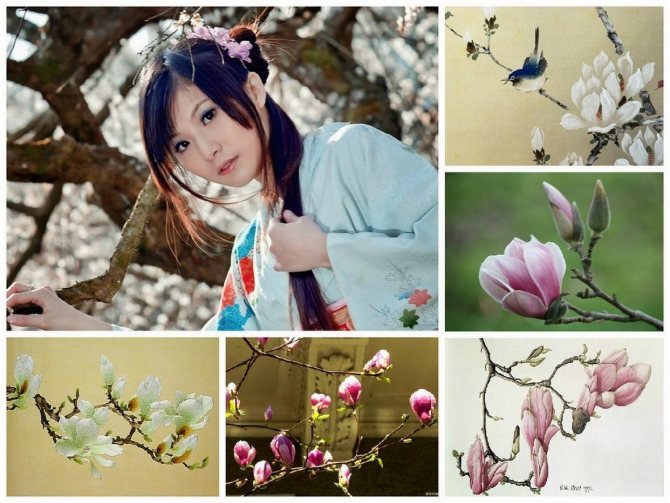
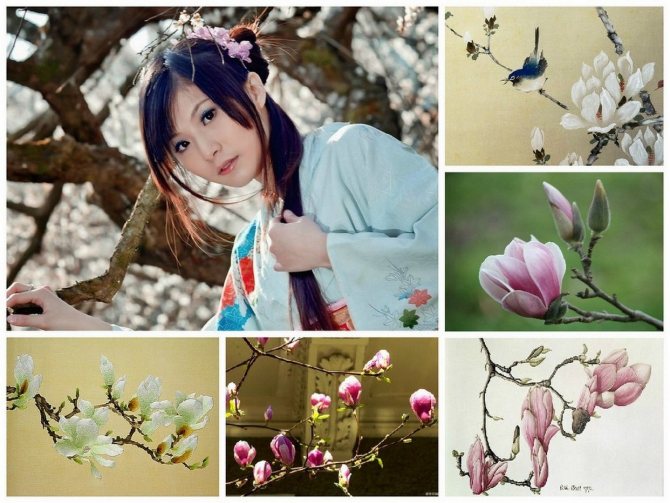
Once a parrot, whom Keiko fed from time to time, revealed to her a secret: paper flowers can be alive, but for this they should be watered with a drop of their own blood. However, it should be taken into account that this drop cannot be the last one. Keiko took advantage of this secret and soon became wealthy, but the young man she fell in love with was so greedy that he forced the girl to work from dusk to dawn so that he would have even more money.
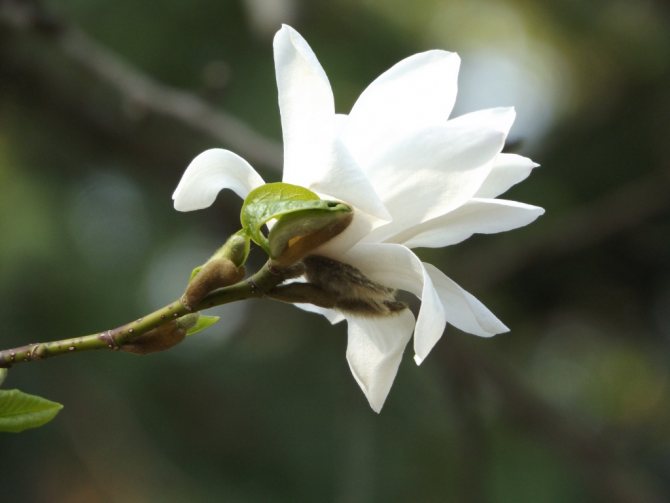
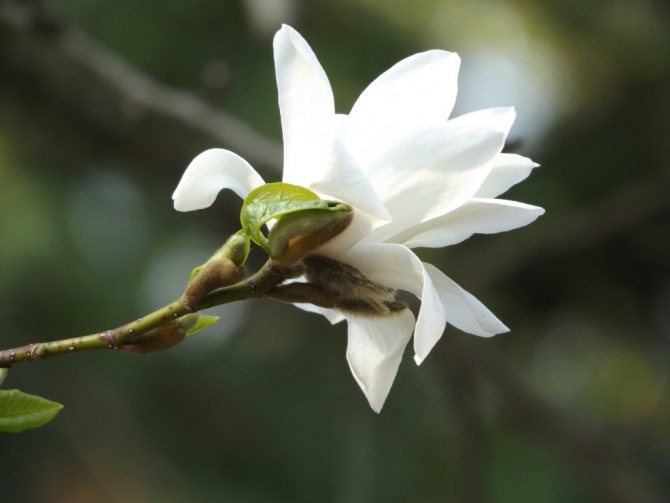
And then the moment came when the girl watered the paper flower with the last drop of blood and died. The flower that came to life thanks to this drop was called magnolia. From that very moment, the magnolia flower became a sign of the soul’s generosity and magnanimity.
When is the best time to plant magnolia – fall or spring?
On the timing of planting magnolia, the opinions of gardeners differ. Some believe that the optimal time is spring (mid-April). Others argue that autumn planting is more preferable (mid-late October), when young plants have already stopped growing and are dormant. Adherents of the autumn planting of magnolias claim that the survival rate of seedlings in this case is almost 100%, and during spring planting, plants often start growing ahead of time and fall under return spring frosts.
It is difficult to recommend any specific time frame. In this case, it is best to rely on your experience and take into account the climatic conditions of your region.
Reproduction of magnolia by layering
Young trees (one or two years old) are best and will grow the fastest. The lowest-growing branch is selected as a layering and, without separating it from the tree itself, is buried in the ground and pinched for greater reliability.
After a year, when its own root system is formed at the place of dropping, it will be possible to carefully separate the cuttings from the mother plant and continue growing in a pot until it is ready for independent growth in the open field.
How to plant magnolia outdoors
It is important to choose and prepare the right place for planting magnolias. It should be sunny and sheltered from the wind. Species blooming in early spring should be protected from the morning sun. Magnolia should not be planted in southern areas: the plant will bloom too early and may lose buds during recurrent frosts.
Magnolia will love the place in partial shade, as well as on the western or eastern side of the garden plot. You can place the plant on the north side, but on condition that there it will be illuminated by the sun for at least several hours a day.
Magnolia is best planted in peat soil, as the plant prefers a nutritious, slightly moist and well-drained substrate with an acidic or slightly acidic reaction. But it can also grow on acidic sandy loam or loamy soil.
For planting magnolia, a soil mixture of sod land, peat and compost in a ratio of 2: 1: 1 is good.
The planting hole should be 2-3 times the size of the seedling’s earthen clod. As a rule, the hole is made with a depth and width of about 1 m.A drainage must be laid at the bottom, after which the magnolia is planted in a prepared soil mixture to the same depth at which it grew before (the horse neck is not buried in any case!). the soil is slightly compacted and watered abundantly. After the water is absorbed, the trunk circle is mulched with peat or pieces of coniferous bark.
Where is it better to plant
You need to find a cozy place for a magnolia. It is good if there is a fence or buildings on the north and east sides – they will hide the bush from the winds. Magnolia is very sensitive to drafts.
It is impossible to plant a plant in the lowlands, because water accumulates there in the spring, and the roots will quickly rot. A flat area or even a hill is more suitable for magnolias. Most species prefer good but diffused lighting. But there are also varieties that do well in an open area. Therefore, when choosing a seedling, do not forget to inquire about its “name” and requirements for growing.
Magnolia care
In the middle lane, magnolias bloom in April-May – simultaneously with small-bulbous and hellebores. But for abundant flowering, the plant needs nutrients.
Feeding begins 2 years after planting the seedling in the ground.
In the spring, a complex mineral fertilizer should be applied under the magnolia root (the granules can simply be scattered under the plant). Florists most often use Kemiru Universal. At the beginning of summer, it is worth switching to liquid fertilizing, alternating mineral fertilizers with organic ones.
You can make your own magnolia fertilizer. To do this, dissolve 15 g of urea (carbamide), 20 g of ammonium nitrate, 1 kg of mullein in 10 liters of water. Fertilizer consumption per adult medium-sized tree is 10-15 liters.
In the second half of July – early August, for better wood ripening and increasing winter hardiness, it is advisable to feed the magnolia with phosphorus-potassium fertilizers (according to the instructions). From late August to spring, no fertilizers are applied.
If necessary, to increase the acidity of the soil , sulfur should be added to the soil in the spring. To do this, scatter about 50 g of the substance on the soil surface in the area of the trunk circle.
Magnolia is demanding on soil moisture , especially at a young age. In hot weather, it is important to prevent the soil from drying out. Abundant watering and mulching will help the plant’s root system develop properly.
The advantage of magnolia is that it does not need formative pruning , since this does not affect either the splendor of the crown or the flowering. After the inflorescence wilting, only dried and damaged shoots are removed.
Rђ RIRSS, magnolia pruning should be sanitized regularly. In the spring, trim off frozen branch ends to healthy tissue. Also remember to cut out any damaged, withered, and overlapping branches. Cover all sections with garden pitch.
Magnolia from seeds at home
Given that it is quite difficult to preserve the seeds, they are sown immediately after collection – in the fall. Since the seeds have a fairly hard oily shell, a scarification procedure will be required – the destruction of the shell by puncturing.
Then they are washed in a weak solution of soapy water, which allows you to get rid of the oily layer, and then rinse in clean water. Now you can sow to a depth of no more than 2-3 cm in seedling boxes using a universal substrate, and put them into a cellar or a dark, cool room before spring comes, when they need to be put on the windowsill, and periodically moisten them without drying out.
The first year of life, seedlings grow very slowly, so they begin to dive only a year later, when they reach a height of 40-45 cm, after which they can already be planted in open ground in light soil with peat. Do not forget that it is best to plant in the fall.
How to prepare a magnolia for winter
Young magnolia bushes must be covered with spunbond for the winter . This is necessary not only to help the plants overwinter, but also to protect them from birds: birds are very fond of feasting on magnolia buds.
Wrapping the trunk with two layers of burlap will save the plant from frost damage. But this is done very carefully, since the magnolia has fragile branches.
Mulching also contributes to warming the roots for the winter . It should be done regularly, but especially in late autumn. Dry fallen leaves, peat, humus, tree bark, coniferous branches, straw are suitable as mulch.
In young plants, when the soil freezes a little, the trunk circle is also protected with a non-woven material. In such a shelter, rodents will not be able to equip their home.
As you can see, subject to all the rules of agricultural technology and proper care, you can grow magnolia in the middle lane. Do not be afraid to experiment – and you will succeed!
Magnolia after flowering


After the magnolia finishes its flowering, it is necessary to prune the dried inflorescences, leaves and excess twigs. Thanks to such pruning, the tree will look much neater, and the extra branches will not draw vitality from it.
In the fall, when active leaf fall begins, you need to start preparing the magnolia for wintering. Without exception, all types and varieties of magnolia need shelter for the winter. In order to insulate the roots, you need to thoroughly mulch the soil around the tree with peat, sawdust, hay or dry leaves. The tree itself should be wrapped with special care in several layers of fabric cover so as not to damage the branches and trunk of the tree.
Diseases and pests
Various rodents and moles can harm the root system of a tree, some gnaw the root collar and roots, and the latter destroy the root system. If you notice that the tree has been attacked, then the damaged areas should be immediately treated with a 1% solution of foundation.
Another pest is the spider mite, which settles on the lower part of the leaf and feeds on its juice. As a result, the leaf begins to fade and dry out .
There are folk methods of dealing with this parasite: it is necessary to prepare an infusion of 40-50 g of dry leaves (stems) of tobacco, pouring them with a liter of boiling water. Dilute this solution with one more liter of water before use.
Magnolia propagation by cuttings
It is carried out only in greenhouse conditions, where the lower heating of the soil is also guaranteed, otherwise the cutting will not take root. The best time for this type of breeding is at the end of June. Cut the cuttings so that each has 2-3 leaves, treat the cut with any means that stimulates root formation.
Bury the twigs in a container with sand, you can add peat. Constantly monitor the moisture content of the mixture. Cover the top with a jar or a cut-off bottle and ensure the air temperature is within 18-22 ° C.
Rooting in this method is observed after two months, the only exception is varieties with large flowers, their rooting occurs no earlier than four months later. But they are planted in open ground only after a year.
